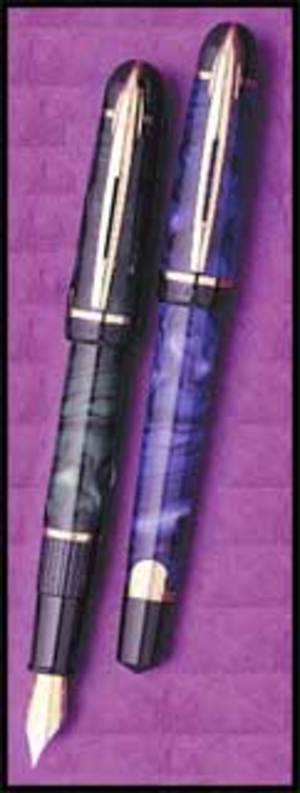In a world of polite society, smiles and handshakes are the norm. But it is the fear and aggression hidden beneath the smiles that draws our curiosity and attention. For those unfamiliar with or unwilling to recognize the element of human nature that feeds on conflict, let us briefly reflect on the inexplicable success of reality TV and supermarket tabloids. Similar to the harsh, cruel experiences portrayed on reality television programming, Joan Didion’s California reflects the surprisingly mean streets of a beautiful landscape.
However, Joan Didion’s observations do not focus on the follies of man, instead Didion examines the reality behind the widely acknowledged concept of “California dreams” and how both realized and broken dreams affect the individual. Didion delves into the depths of the great news stories, as well as those criminal procedures and injustices that may go unnoticed by those of us too busy to pay attention. But despite the socially profound depth of Didion’s work, it is the dark and sardonic nature of her writing that creates a reader’s addiction to Didion’s prose.
The thematic resonance of “California dreams” is a well-explored element of popular culture. It is a theme that inspired Joan Didion and her ability to uncover the truth behind the dream is what brings interest and relevance to her writing. Her writing reveals the notion that what has occurred on these pages could happen to any of us, or at the very least happen to the individual living next door. As such, Didion’s writing propels the reader into an all too real, yet alternate reality; A bleak reflection of the world we call “home.”
Didion’s After Henry is a collection of essays that reflects the universal nature of human wants and needs. Through these tightly crafted essays, Didion brings human extreme into mainstream and the reader into an awareness of human darkness that is disturbingly familiar. In the essay “LA Noir” Didion’s account of the Cotton Club and Wonderland criminal cases demonstrates the idea that life really does change in an instant. Detailing the environment of the late 1980s post Hollywood glamour era, Didion dispels the myths of Hollywood dreamland and brings the reader into a world of fame, greed, and murder. It is a movie drama played out in real life, with characters as big as the infamous Larry Flynt, as recognizable as the duplicitous female archetype, and as understandable as the movie promoter trying to cash in on the California dream. In a nutshell, it’s Hollywood.
And Didion is aware of this. Her understanding of the dual nature of Los Angeles’ appeal and repulsion is what drives this essay. In the introduction Didion immediately brings the reader into the story, and as Simone Poirier-Bures suggests in his presentation of nonfiction techniques, she doesn’t begin at the beginning. Instead, she begins with the murder trial. The action is immediate, and the back-story reads as a movie script, rather than the account of a life or death jury decision. But this is the beauty of Didion’s writing. Drama, cutting comments, and facts all evolve into a representative moment of Los Angeles life that leaves readers breathless.
Sources
Didion, Joan. We Tell Ourselves Stories in Order to Live. Collected Nonfiction. Everyman’s
Library: New York (2006).
Poirier-Bures, Simone. The Sample Scenario: Using Fiction Devices in Creative
Nonfiction. http://www.chsbs.cmich.edu/Robert_Root/AWP/scenario.htm



